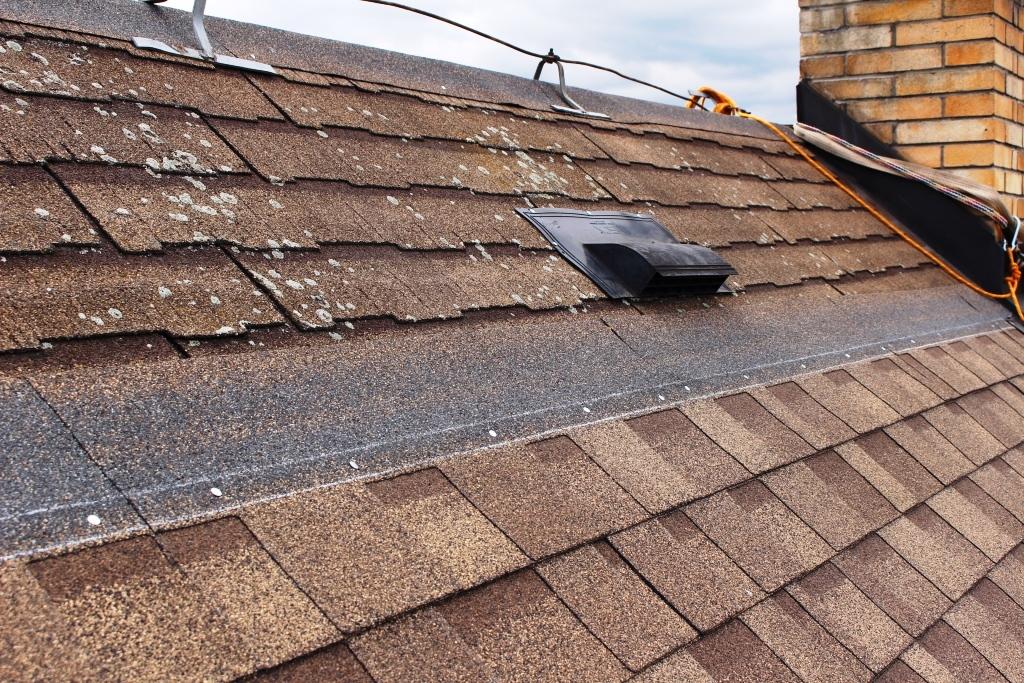Embarking on a home renovation journey often involves decisions that impact both aesthetics and functionality. One common question that homeowners face is whether it’s acceptable to shingle over an existing roof. In this article, we explore the pros, cons, and considerations surrounding this practice to help you make an informed decision about your roofing project.

Understanding the Practice: Is It Ok To Shingle Over An Existing Roof?
When it comes to re-roofing, the question of whether it’s acceptable to shingle over an existing roof is a crucial consideration. It involves weighing the benefits and drawbacks to determine the best course of action for your home.
Pros of Shingling Over an Existing Roof
1. Cost Efficiency
One of the primary advantages of shingling over an existing roof is cost efficiency. By avoiding the labor-intensive process of tearing off the old roof, you can significantly reduce both time and labor costs.
2. Time-Saving*
Shingling over an existing roof is a quicker process compared to a complete tear-off. This can be especially advantageous if you are looking to complete the roofing project within a tight timeframe.
3. Eco-Friendly Option*
Choosing to shingle over an existing roof can be seen as an environmentally conscious decision. It reduces the amount of waste generated from tearing off the old roofing materials, contributing to a more sustainable approach to home renovation.
Cons and Considerations
1. Weight Considerations
Adding a new layer of shingles increases the weight on the roof structure. It’s crucial to assess whether your existing structure can support the additional load. Consult with a structural engineer if necessary to ensure the safety and integrity of your home.
2. Hiding Potential Issues*
Shingling over an existing roof may mask underlying issues such as damaged decking or water leaks. It’s essential to thoroughly inspect the current roof condition before deciding to shingle over it to avoid compounding problems.
3. Building Code Regulations*
Check local building codes and regulations to ensure that shingling over an existing roof is permitted in your area. Some regions may have specific requirements or restrictions regarding the number of layers allowed.
Is It Ok To Shingle Over An Existing Roof? – Considerations for Success
1. Assess the Current Roof Condition
Before deciding to shingle over your existing roof, conduct a comprehensive inspection. Look for signs of damage, such as sagging areas, water stains, or soft spots. Address any issues before proceeding with the new layer of shingles.
2. Consult with a Professional*
Engage the services of a qualified roofing professional to assess the structural integrity of your roof. They can provide insights into whether shingling over the existing roof is a viable and safe option for your specific situation.
3. Obtain Necessary Permits
Check with local authorities to determine whether permits are required for your roofing project. Ensuring compliance with building codes is essential to avoid potential issues down the line.
Read too: What Is The Best Temperature To Replace A Roof
Conclusion
In conclusion, the decision of whether it’s okay to shingle over an existing roof depends on various factors. While cost efficiency and time savings are appealing, it’s crucial to consider the potential drawbacks and address them proactively. By conducting a thorough inspection, consulting with professionals, and adhering to local regulations, you can make an informed decision that ensures the success and longevity of your roofing project. Remember, a well-informed approach leads to a more resilient and aesthetically pleasing home.



Leave a Reply